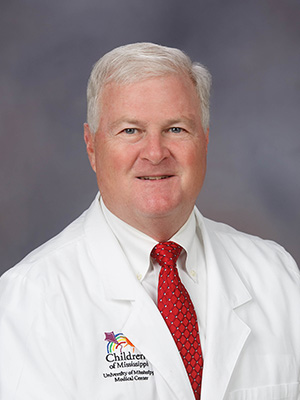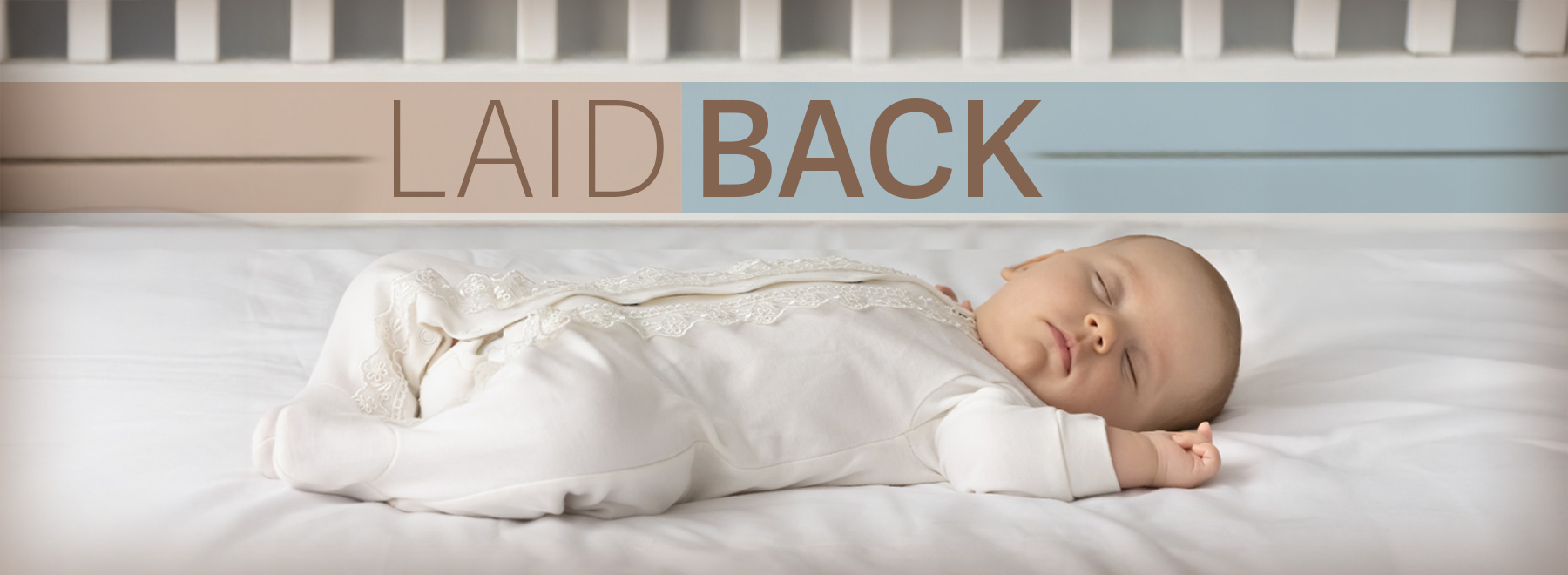‘Back to sleep’ safest for babies, UMMC experts say
Sudden unexplained infant death, or SUID, is the third leading cause of death for infants, behind birth defects and preterm birth, but parents and caregivers can take steps to reduce the risk, experts at the University of Mississippi Medical Center say.
SUID includes sudden infant death syndrome (SIDS), accidental suffocation and strangulation in bed, and other deaths from unknown causes in babies up to 1 year old, according to the U.S. Centers for Disease Control and Prevention.
“We educate every mother who delivers at Wiser Hospital for Women and Infants about postpartum care, including safe sleep practices,” said Carla Gray-Taylor, nurse manager of the Mother-Baby Unit at Wiser Hospital for Women and Infants on the UMMC campus. “Because this is so important for babies’ safety, we offer information in English and Spanish and can translate it into other languages through MyChart Bedside and Stratus.”
To prevent aspiration of spit-ups, babies should always be placed on their backs to sleep, Gray-Taylor said.
Advice on this has changed since the 1980s, when the opposite was told to new parents. The rate of SIDS dropped by 53% from 1992 to 2001, showing the difference the switch to back sleeping has made.
“Family members such as grandparents, aunts, uncles and other caregivers should follow safe-sleeping recommendations even if it is different from advice they may have heard decades ago,” Gray-Taylor said.
An easy way to remember the basics of safe sleep for babies is ABC:
- Alone: Babies should sleep alone, not with other people, pillows, blankets or stuffed animals.
- Back: Babies should be placed on their backs, not on their sides or stomachs.
- Crib: Babies should sleep in a crib, not on an adult bed, sofa, cushion or other soft surface.
Practices have changed since the days when cribs were lined with bumpers and filled with blankets.
“Babies should sleep in a crib that’s in compliance with the Consumer Product Safety Commission,” Gray-Taylor said. “Fitted crib sheets should be the only linens used. There should be no loose bedding.”
Instead of blankets, babies should be kept warm by wearing sleepers or sleep sacks. Babies’ heads and faces should always be uncovered when sleeping.
Cribs should be kept away from cords to window blinds or baby monitors, and the crib mattress should be lowered all the way down once the baby can pull to standing.
It’s also important for babies to be in a smoke-free environment.
Rounding at Wiser includes checks on mothers as well as babies, Gray-Taylor said. “We make sure mothers know that they should not be co-sleeping with their babies.”

UMMC has been a Baby-Friendly Hospital, a designation from Baby-Friendly USA, since 2017. Baby-Friendly USA is the U.S. authority for implementation of the Baby-Friendly Hospital Initiative, which encourages and recognizes hospitals and birthing centers that offer an optimal level of care for breastfeeding mothers and their babies.
Dr. Billy Mink, associate professor of neonatology, shares safe sleep information with the parents he talks with at Wiser.
“We keep it really simple so they can remember the practices,” he said. “Our state has a high number of sudden unexpected infant deaths per year, and we would like to change that. Safe sleep practices will help with that goal.”



